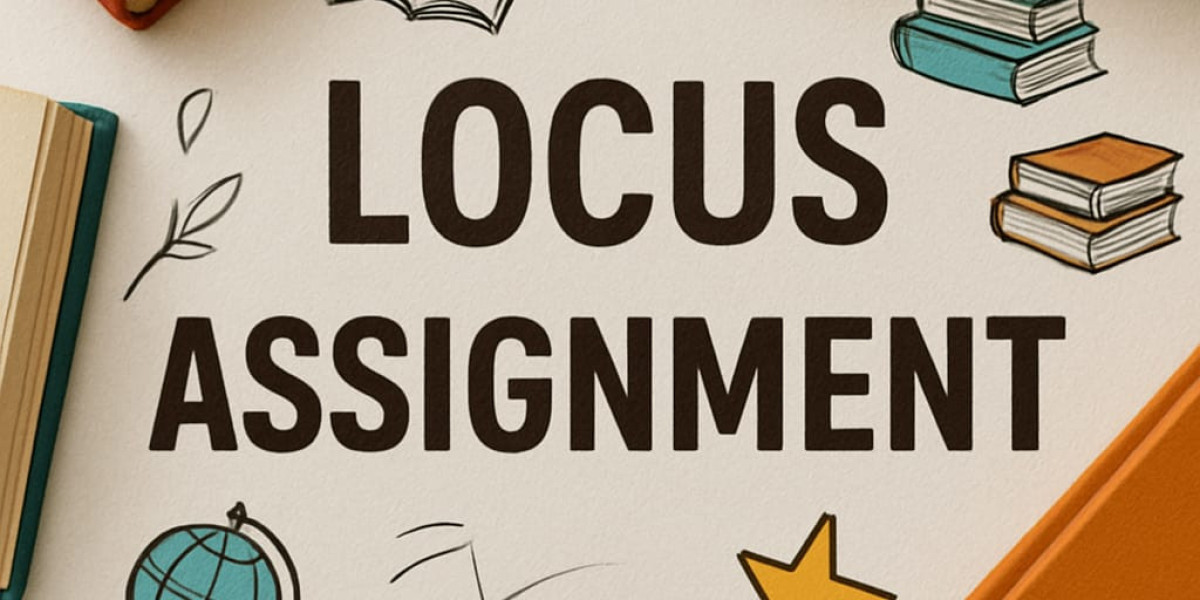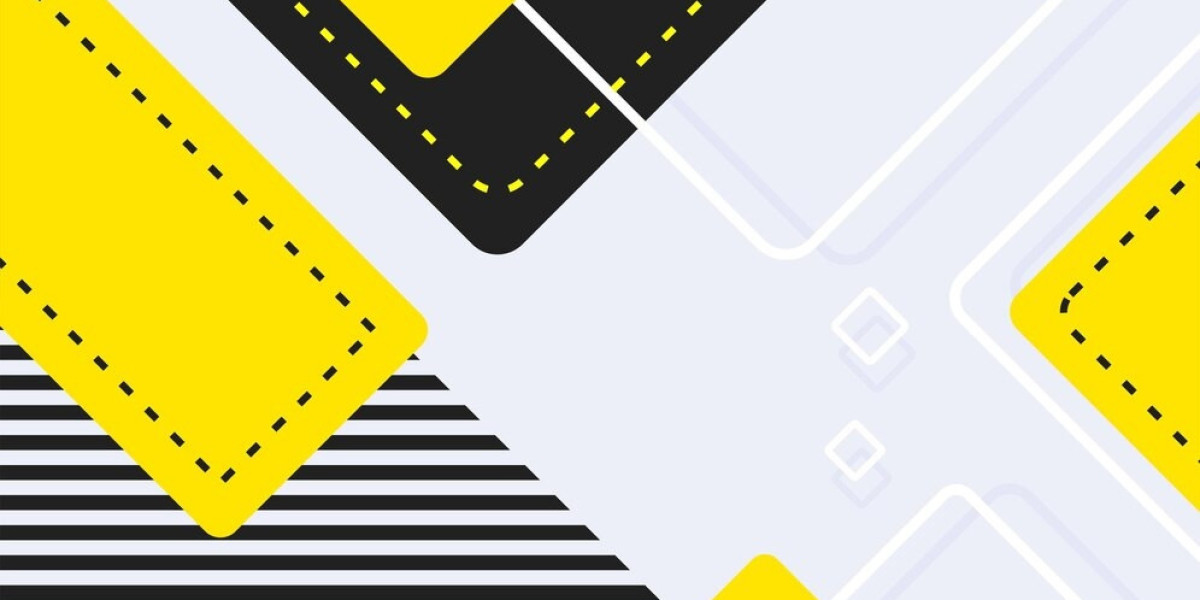Let’s be honest - “I don’t have time” is the most common excuse for skipping personal growth. Between work deadlines, endless notifications, and that mysterious pile of laundry that never shrinks, learning something new often feels like a luxury for “future you.”
But here’s the thing: building a daily learning habit isn’t about magically finding three free hours every day. It’s about weaving micro-moments of growth into the life you already have.
And yes, you can do this even if you’re super busy.
In this post, I’ll walk you through a no-pressure, practical approach to learning daily without sacrificing your sanity. No perfection required.
Let's dive straight into this guide:
Step 1: Rethink What “Learning” Means
When most people hear “daily learning,” they imagine sitting at a desk with a stack of books, highlighters, and a steaming cup of herbal tea - like some productivity influencer’s Instagram post.
That’s not real life.
Learning can be as simple as:
Reading two pages of a book
Listening to a podcast while you commute
Watching a short how-to video during lunch
Writing down one new idea you came across today
The key is to lower the bar. Don’t wait for the perfect time, the perfect mood, or the perfect environment. Make learning so small and frictionless that it’s harder not to do it.
Step 2: Pick One Core Topic at a Time
Here’s a sneaky trap that kills learning habits: trying to learn everything at once.
One day, it’s coding on Coursera. The next it is public speaking on Skillshare. Then you’re suddenly knee-deep in a course on Japanese cooking on MasterClass.
The result? You’re busy, scattered, and making almost no progress in any one area.
Instead, pick one core focus for the next 30-60 days. This doesn’t mean you can’t explore other things - but your main effort should go toward that one skill or topic.
Ask yourself: “If I made just 1% progress on this every day for the next year, how would my life look different?”
That’s your focus. Make sure to invest in top learning platforms and enroll in their best courses that interest you.
Step 3: Find Your “Anchor Habit”
You already have habits you do without thinking: brushing your teeth, checking your phone in the morning, brewing coffee.
These are perfect anchors for your learning habit.
Example:
After I brew my coffee, I’ll read one page from my book.
After I brush my teeth, I’ll open Duolingo and do one lesson.
After I shut down my laptop at work, I’ll listen to a 10-minute podcast.
By linking learning to an existing habit, you remove the “when should I do it?” question. It becomes automatic.
Step 4: Go for Micro-Learning (Not Marathons)
Most people overestimate what they can learn in a week but underestimate what they can learn in a year.
You don’t need to study for an hour a day to make real progress. Even five minutes a day adds up to over 30 hours a year - that’s a full college course.
Here’s what micro-learning might look like:
1-2 pages of reading before bed
A 3-minute video tutorial in the morning
Reviewing flashcards for 5 minutes during lunch
Small chunks are easier to squeeze in and, bonus, they keep your brain fresher than long cram sessions.
Step 5: Use “Learning Snacks”
Learning doesn’t have to be formal. You can snack on knowledge throughout your day.
Think of your phone as a portable university - but you control the curriculum.
Some easy swaps:
Replace social scroll time with article scroll time (apps like Pocket or Instapaper help).
Follow educational YouTube channels or podcasts.
Keep a mini reading list for quick sessions when you’re waiting in line.
The trick is to make learning your “default” idle activity.
Step 6: Make It Fun (Or You Won’t Stick With It)
If learning feels like a chore, your brain will resist it. Find ways to make it enjoyable:
Gamify it (apps like Duolingo, Brilliant, or Habitica turn progress into points)
Learn through stories, documentaries, or interviews instead of dry lectures
Mix learning mediums the switch between reading, watching, and listening to keep things fresh
Fun is a productivity hack. The more you enjoy the process, the less willpower you need.
Step 7: Track Your Streak (But Forgive Missed Days)
Progress is addictive - if you can see it.
Use a simple calendar, app, or even sticky notes to mark off the days you’ve learned something. Watching your streak grow can be surprisingly motivating.
But here’s the important part: life will interrupt you. You’ll miss a day. Or two. Or five.
When that happens, skip the guilt trip and just start again. Consistency matters more than perfection. A learning habit is like a muscle - it grows with use, not with self-criticism.
Step 8: Apply What You Learn Immediately
One of the fastest ways to forget something is to keep it trapped in your notes.
One of the fastest ways to remember it is to use it.
If you’re learning a language, try speaking one new phrase today.
If you’re studying marketing, write a short social media post using your new insight.
If you’re learning cooking, make the dish tonight.
Application turns passive knowledge into active skill.
Step 9: Stack Rewards
Humans are wired to repeat behaviors that feel rewarding. If you attach a small reward to your learning habit, you’ll stick with it longer.
Some ideas:
Enjoy your favorite coffee after you finish your daily learning
Only watch your favorite show once you’ve done your 5 minutes
Share your progress with a friend or community (instant dopamine)
Little incentives make the habit stick until the habit itself becomes rewarding.
Step 10: Protect Your Learning Time Like an Appointment
If you treat learning like an “extra” you’ll fit it in “if you have time,” it’ll never happen.
Instead, put it in your calendar. Give it a specific time slot. Treat it like a meeting with your future self.
It can be as short as 10 minutes, but make it non-negotiable.
And if someone asks to book over it? Just say, “Sorry, I already have something scheduled.” (Because you do.)
Final Thoughts
Building a daily learning habit isn’t about having endless free time or superhuman discipline. It’s about making small, intentional choices that fit into your real life - not your fantasy life.
Remember:
Start tiny (1-5 minutes is fine)
Link it to something you already do
Keep it fun and rewarding
Focus on one thing at a time
Forgive yourself for missed days
If you follow these steps, you won’t just be “finding time” to learn - you’ll be living a life where learning is as natural as brushing your teeth.
And that’s how you quietly outgrow the version of you who’s “too busy.”








